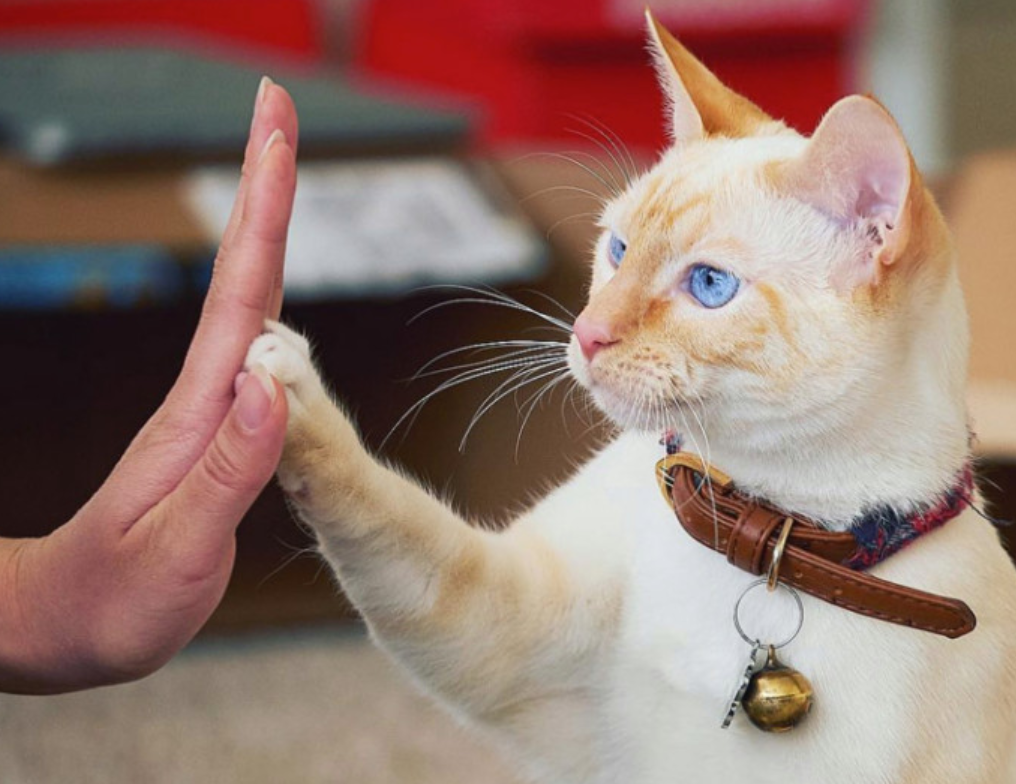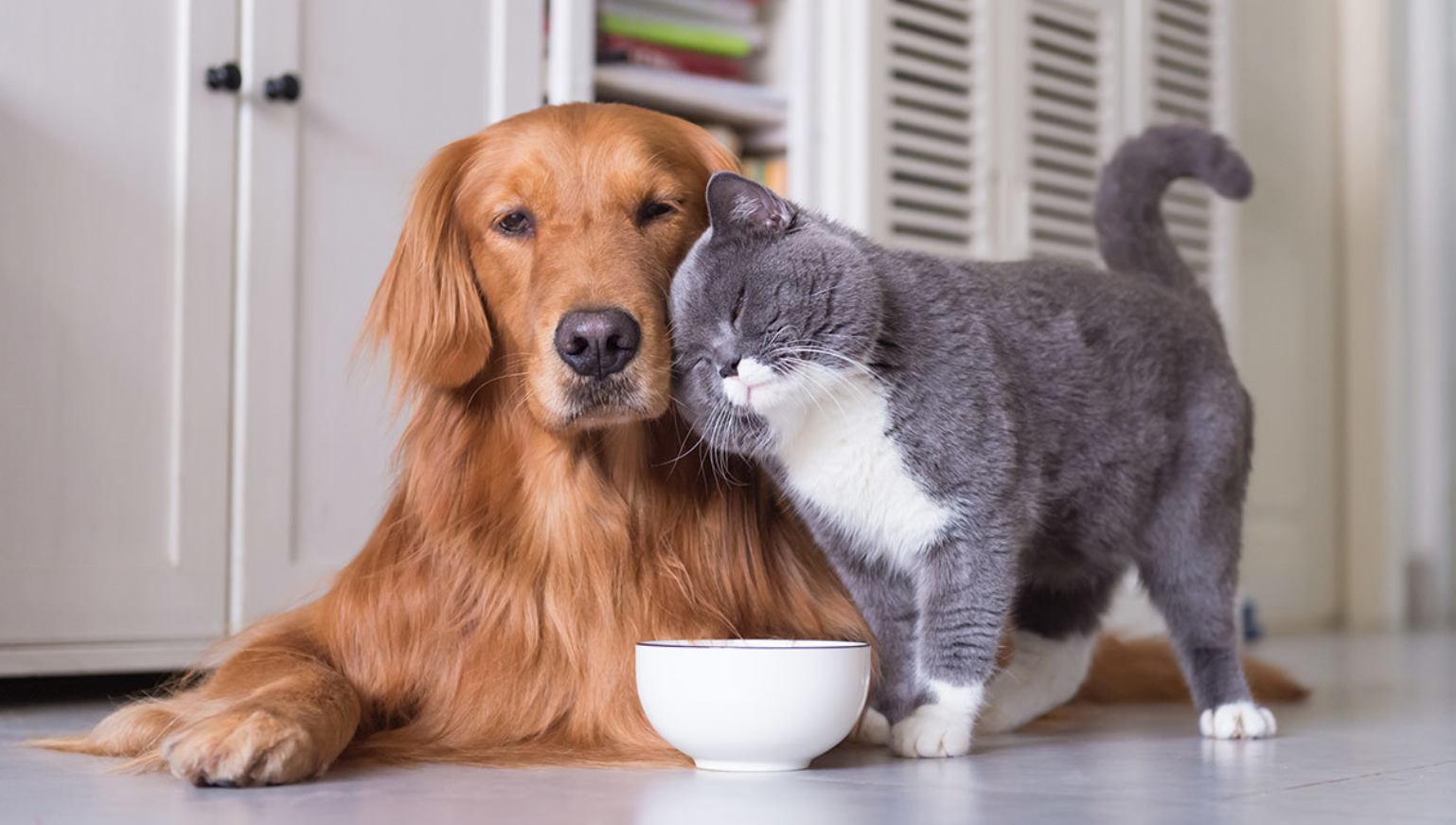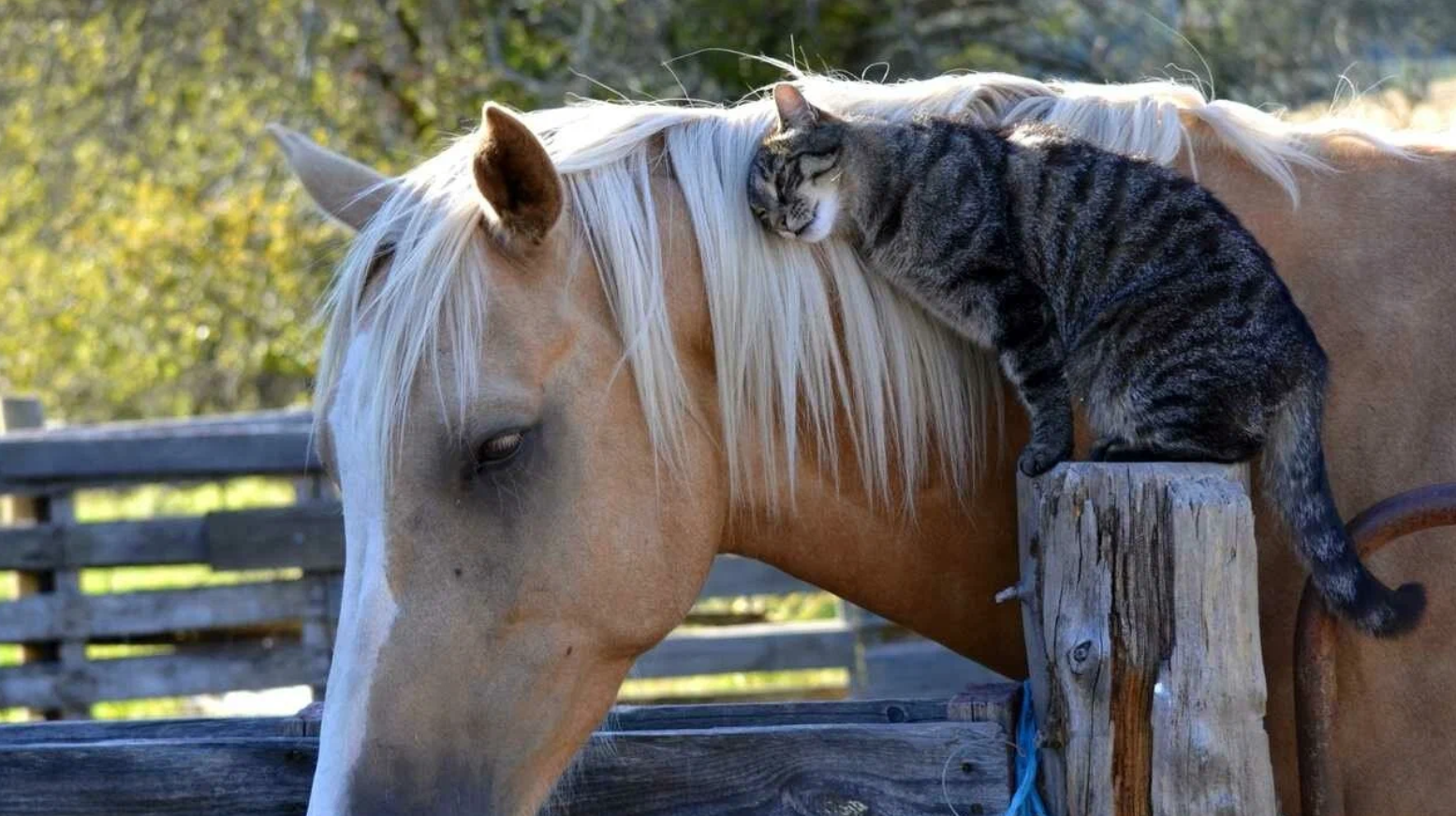Teaching your dog to love people

Teaching your dog to love and be comfortable around people involves a combination of socialization, positive reinforcement, and patience. Here are some strategies to help foster a friendly and loving demeanor in your dog towards people:
1. Early Socialization
Expose to Different People: Start socializing your dog with various people (adults, children, seniors) as early as possible. This is especially important for puppies, but older dogs can also benefit from socialization.
Positive Experiences: Ensure that these interactions are positive.the treats, praise, y play to create the positive association with meeting new people.
2. Controlled Introductions
Calm Environment: Introduce your dog to new people in a calm and controlled environment. Avoid overwhelming situations with too many new faces at once.
Leash Training: Keep your dog on a leash during introductions, allowing you to maintain control and help them feel secure.
3. Use Positive Reinforcement
Treats and Praise: Reward your dog with treats, praise, or play whenever they interact positively with people. This reinforces the idea that people are associated with good things.
Gradual Exposure: Gradually increase the intensity of interactions, starting from a distance and gradually allowing closer contact as your dog becomes more comfortable.
4. Teach Basic Commands
Obedience Training: Teach basic commands like “sit,” “stay,” and “come.” This helps establish a sense of discipline and control, making your dog feel more secure.
Focus on Positive Behavior: Encourage calm behavior around people. Reward your dog for remaining calm and not barking or jumping.
5. Create Positive Experiences
Fun Activities: Engage in fun activities with your dog in the presence of people, such as playing fetch or going for walks in busy areas. This can create a positive association with being around others.
Social Outings: Take your dog to dog-friendly parks, cafes, or events where they can encounter people in a relaxed setting.
6. Honor Your Dog’s Boundaries
Monitor Their Body Language: Keep an eye on how your dog is behaving. If they display signs of fear or anxiety, it’s important to give them space and allow them to approach new people at their own pace.
7. Implement Desensitization Techniques
Step-by-Step Exposure: Introduce your dog to various people in a controlled manner, starting with less overwhelming scenarios and gradually moving to busier environments as they gain confidence.
Use Counter-Conditioning: If your dog reacts negatively to specific types of individuals (like men in hats), employ counter-conditioning strategies to help them link those encounters with positive experiences, such as treats or playtime.
8. Maintain Consistency
Frequent Interactions: Regularly practice socializing your dog with different individuals to reinforce the positive behaviors you want to encourage.
Exercise Patience: Understand that building your dog’s trust and confidence in people is a gradual process, especially if they have faced negative experiences in the past.
9. Consider Professional Assistance if Necessary
Join Training Programs: Look into enrolling your dog in a training class that emphasizes socialization. Professional trainers can provide customized guidance to address your dog’s specific needs.
Consult Behavior Experts: If your dog exhibits signs of aggression or intense fear toward people, seek help from a certified dog behaviorist who specializes in tailored training methods

1. Build Trust through Routine and Structure
Establish Predictability: Dogs thrive on routine and knowing what to expect. Create a daily schedule for feeding, walking, and playtime, which can help reduce anxiety when they encounter new people.
Familiarity First: Start by introducing your dog to people they are likely to see regularly, such as neighbors or family members. Repeated exposure to familiar faces builds trust and reduces fear of new people.
2. Encourage Curiosity
Allow Exploration: Instead of forcing interactions, let your dog approach people on their own terms. Reward them with treats and praise when they show curiosity and take small steps toward engaging with someone new.
Reward Calm Exploration: Praise your dog when they are calm and sniff or engage with new people. Avoid rewarding anxious or hyper behavior to reinforce positive interaction.
3. Make Use of Body Language
Teach Guests to Be Calm: When new people meet your dog, instruct them to use non-threatening body language—standing sideways, avoiding direct eye contact, and offering a hand for the dog to sniff. This helps the dog feel safe and in control.
Be a Role Model: Your dog often looks to you for cues. If you greet people calmly and confidently, your dog will be more likely to mirror that behavior and relax around new faces.
4. Control Overstimulation
Limit Overwhelming Situations: If your dog is shy or nervous around people, avoid exposing them to too many new faces at once. Crowded environments can be overwhelming and may lead to fear or aggression. Start with small, manageable interactions.
Introduce Slowly: Start by having one or two visitors at a time, allowing your dog to adjust gradually to the presence of new people. Give your dog plenty of time to get used to them before increasing the number of visitors or the intensity of interactions.
5. Use Calming Tools

Pheromone Diffusers: Products like pheromone diffusers or sprays can help reduce anxiety in dogs. These can be useful when you expect your dog to meet new people, as they help create a calm environment.
Calming Toys or Chews: Providing your dog with a favorite toy or chew when new people are around can distract them and help keep them relaxed.
6. Reward Positive Social Interactions
Focus on the Positive: Anytime your dog behaves well around people—whether it’s staying calm, approaching them, or simply not barking—reward them with a treat, verbal praise, or affection. Reinforcing these behaviors teaches your dog that good things happen when they interact positively with others.
Play as a Reward: Some dogs are highly motivated by play. Engaging them in a fun activity with a guest, like a game of fetch or tug-of-war, can help them see new people as companions rather than threats.
7. Address Specific Fears
Desensitize to Specific Fears: If your dog seems to fear certain types of people (for instance, people with hats, glasses, or uniforms), you can gradually expose them to these elements in a controlled and positive way. Start from a distance and reward calm behavior, moving closer only when the dog is relaxed.
Remove Pressure from Greetings: If your dog becomes overly anxious when people greet them head-on, teach people to avoid looming over the dog or trying to pet them immediately. Instead, allow your dog to initiate contact when they’re ready.
8. Build Confidence through Training

Use Clicker Training: Clicker training can be a powerful tool to help your dog feel confident around new people. When they engage positively or remain calm, use the clicker followed by a treat to reinforce the desired behavior. This makes the interaction a game and rewards your dog for good behavior.
Teach New Tricks with Others: Have guests or new people help with basic obedience commands like “sit” or “stay.” When a stranger gives your dog a command and rewards them with a treat, it builds a positive relationship.
9. Avoid Punishment
No Negative Reinforcement: If your dog acts out or behaves anxiously around people, avoid punishing them. Punishment can increase fear and anxiety, making the situation worse
Time Outs: If your dog is getting too worked up, give them a short time out to calm down. This break can help them relax before trying again
Conclusion
By investing time and effort into creating positive interactions between your dog and children, you can help nurture a strong, trusting bond. It’s essential to foster patience and consistency, allowing your dog to feel comfortable and secure around kids. With proper socialization, reinforcement of good behavior, and a safe environment, your dog can learn to not only tolerate but genuinely enjoy the company of children. A well-socialized dog will be more confident, relaxed, and loving toward kids, ensuring a peaceful and happy relationship for everyone in the household.



